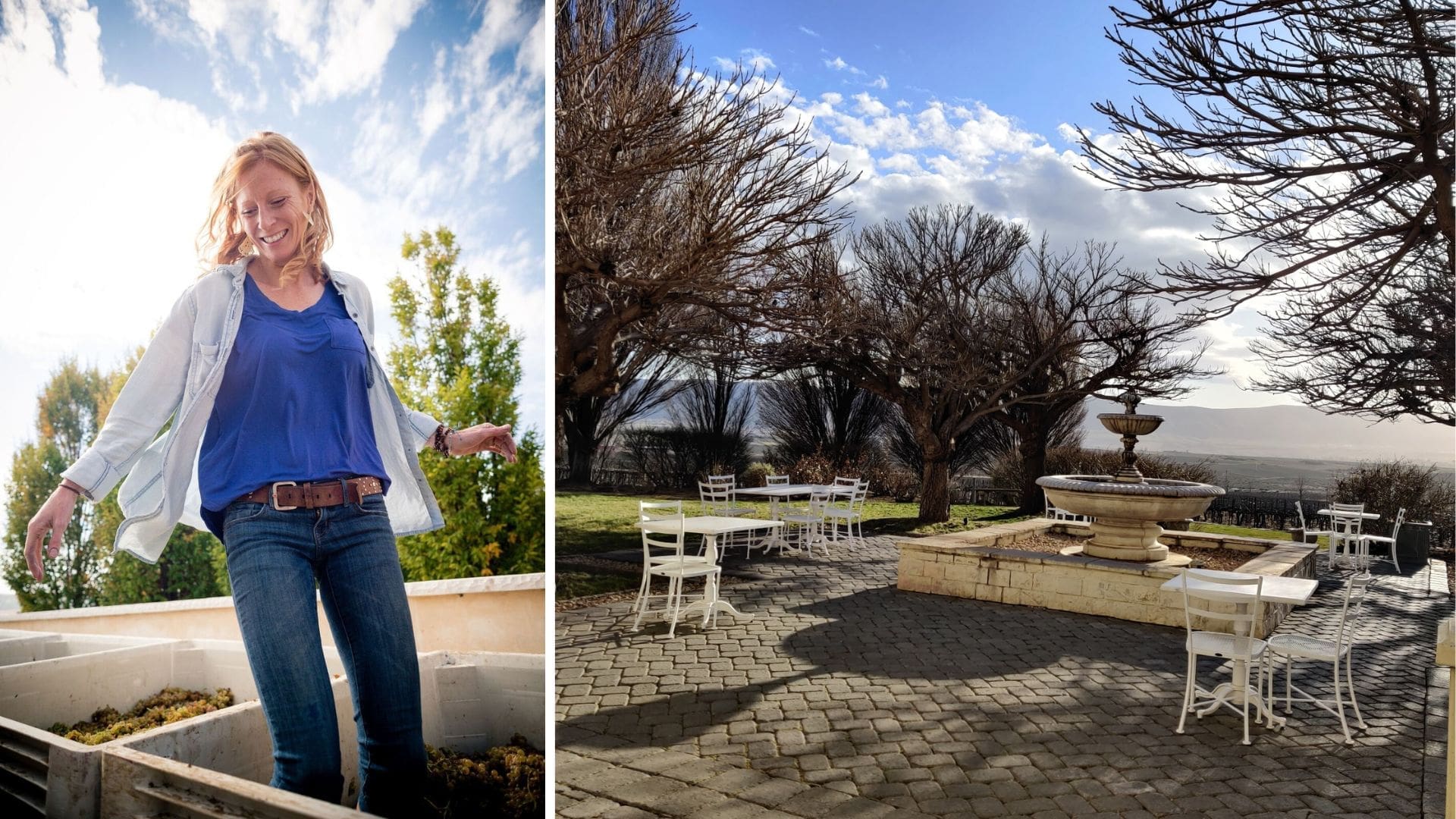Sometimes I think we do not quite appreciate just how nerve-wracking it must be to grow grapes and make wine. The litany of things that can go wrong – that are beyond human control – staggers the imagination and unpredictable weather is a source of nightmares for many. The whole process is far more vulnerable than we think and even when we think we might have held nature at bay for a year, we often find out we were wrong.
This past weekend offered a perfect illustration of that peril, as a massive windstorm seemed set to ravage much of the Pacific Northwest, with quite a bit of Oregon’s vineyard land at the most risk. Fortunately much of the harvest had already concluded, so the risk to the grapes themselves was limited to the last few pockets, but that does not mean the dangers were not still abundant.
It’s not just us vineyard owners that have been affected by the storm. Even though it happened in our area this time, other places around the country will probably face at least one storm throughout the year. Just think how many businesses, homes, and vineyards will have been impacted? I actually don’t want to think about it. And sometimes, you may find that the aftermath is actually worse; especially if there is a lot of damage. This happened to my friend once. She thought that she had escaped any until she looked up at her gutters. They were filled with leaves, which had prevented any water from being able to get through. It was too big of a task to do on her own, so in the end, she contacted somewhere similar to this Clean Pro Gutter Cleaning Richmond company to do the job for her. They actually did a really good job, so she said she’d use them again if she needs to in the future. Imagine if she had a vineyard to think about as well?
The vines themselves could have been damaged in a serious windstorm, as could the trellising systems that support them. The impact would not be felt this year, but would instead manifest in future vintages, with lower yields or wholesale replanting of vines. Not only is that an expensive proposition, but typically the grapes from younger vines have less complexity.
Think too of the dangers of widespread power outages at a critical time in the winemaking process. While the work of fermentation itself is carried out by yeasts who could not care less whether the lights are on or not, temperature control is a critical element for ensuring a stable ferment and lots of equipment that is critical to managing and manipulating the cap and the fermenting juice requires either electricity or a whole lot of labor.
Heavy rains could also cause flooding, or even significant erosion of hillside vineyards. Again, the vines themselves could be damaged, but the soil composition could be changed as well. For those with higher-elevation vineyards that might actually be ok, since erosion tends to wash the most fertile topsoil away and nutrient-poor soil is often a boon for wine grapes, while those nearer the valley floor might be forced to dig out their vines and cart away fertile material.
That being said, the timing on the storm could have been much worse. A few weeks earlier and tons upon tons of grapes might have been lost. Growers checking the forecast might have had to decide between picking early to mitigate the risk or waiting for just a touch more ripeness. A storm at the beginning of the growing season could have shut down grape production almost entirely, as has occasionally happened in other parts of the world. While it does not appear this weekend’s storm had a catastrophic effect on Northwest viticulture, it did remind us all of just how precarious our position can be.








